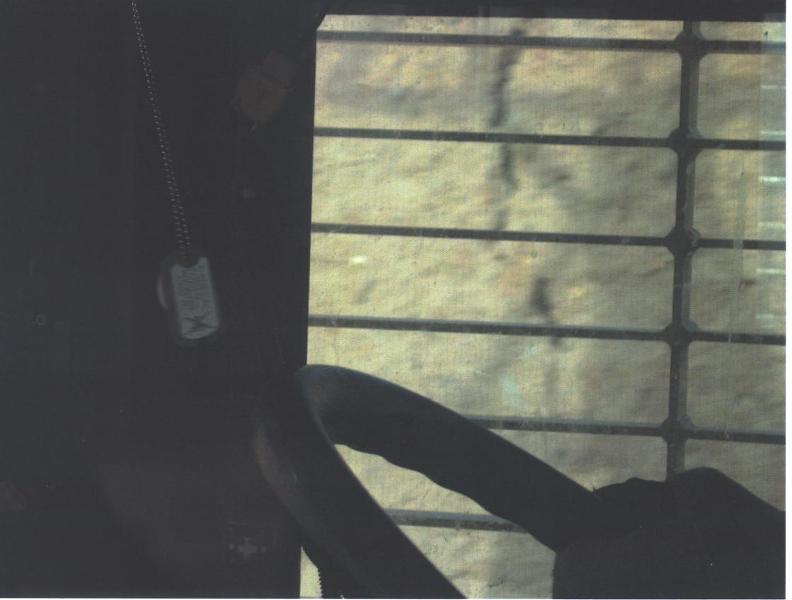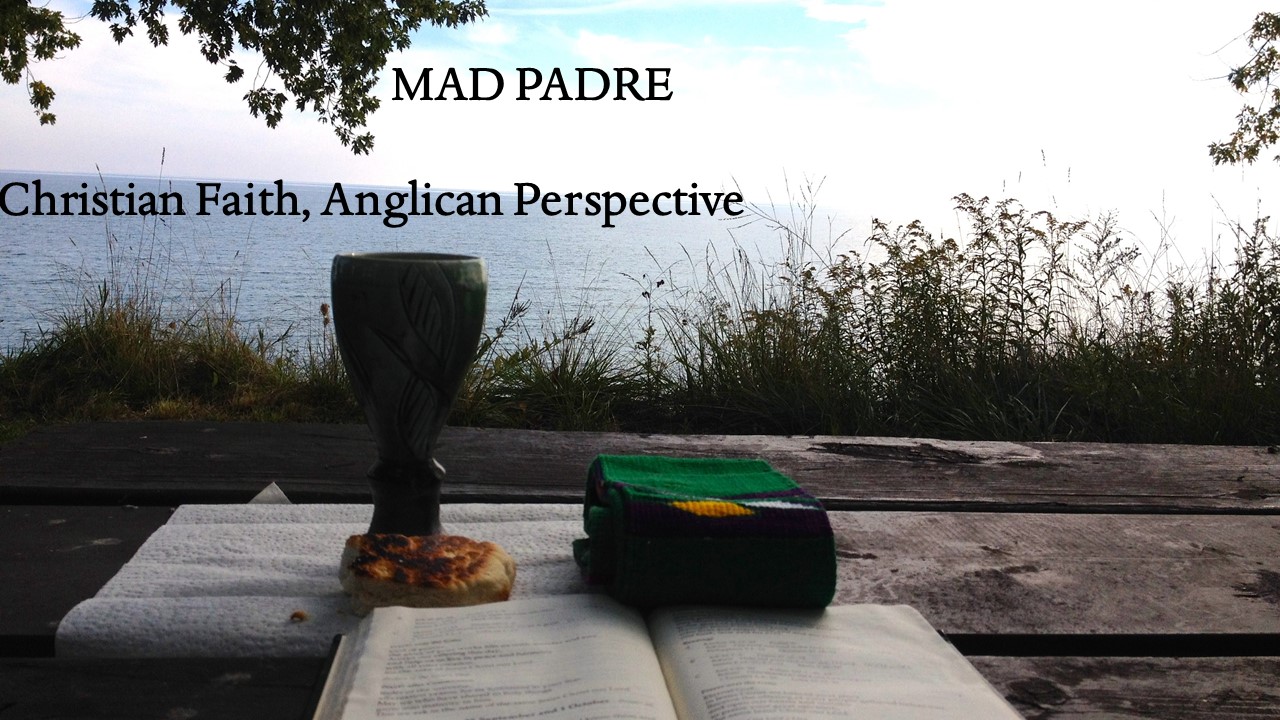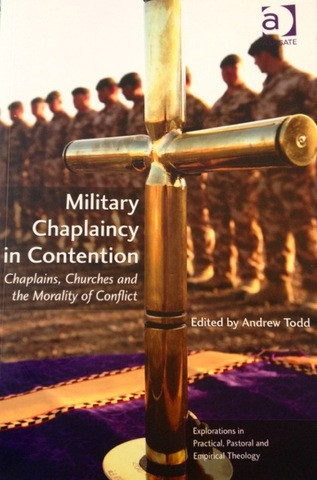This post is taken from the Advent/Christmas edition of the newsletter of the Anglican Military Ordinariate, for those of the Royal Canadian Chaplain Service of the Canadian Armed Forces from the Anglican Church of Canada. In each edition I have been writing a piece looking at the ministry of Anglican chaplains in the Great War a hundred years prior to the writing of each newsletter. This piece focuses on the first Christmas of the Canadian Expeditionary Force overseas. MP+
Christmas On Salisbury Plain, 1914
Over thirty thousand Canadian soldiers, most of them living under canvas, spent their first winter of the Great War on Salisbury Plain, a large military training area in the south of England. George Anderson Wells, who went on to be a famous Bishop, was there as padre to the 6th Fort Garrys, and described the camps as “an endless field of mud” where “tent peg would loosen and the tents blow down in high winds”. The cold and wet conditions put many on the sick list and claimed some lives due to illness. Morale was further tested by deficient equipment, including shoddy boots with heels made of compressed paper that simply rotted in the mud. While few could imagine what lay ahead, this first taste of mud and misery was preparing them all for the trenches in France and Belgium.

Canadians in the mud on Salisbury Plain, winter of 1914-15
Chaplains busied themselves with visits to the many sick in hospitals and infirmaries, and tried to organize evening concerts and activities to maintain morale. Many padres found themselves torn in one direction by their allegiances to the powerful temperance movement back in Canada, which was supported by their prohibitionist commander, Sam Hughes, and in the other direction by their soldiers’ frustration with the alcohol ban and the so-called “dry canteens”. Local pubs in the area tempted many thirsty troops. In the words of the Official History of the Canadian Army in the First World War, this led to “quarrelsome” and “disorderly” conduct, which was not solved until local villages were placed off limits and “wet canteens” were allowed as per British Army practice. Problems arising from alcohol and discipline issues must have kept the padres busy indeed.
While some men were granted leave in the weeks leading up to Christmas, military training kept up at a brisk schedule all through December. For example, the War Diary of the 2nd (Eastern Ontario) Battalion mentioned that on 23 December, drills were conducted on The Company In The Attack. Christmas Day saw some respite. The War Diary of the 3rd (Toronto) Battalion describes “a holiday [with] no parade of the Bn.”, parties in various Messes, and in the evening “a bon-fire for all ranks and an open air concert” with a special dinner provided by the Toronto City Council.
Unlike their Roman Catholic colleagues, Anglican and other protestant padres could enlist local churches for Christmas services. Canon Frederick Scott obtained the loan of the church of St. Mary and St. Melor, Amesbury, from its Rector for a midnight eucharist, and sent notice of the service through his Brigade.

Interior of the church of St. Mary and Melor, Amesbury, Wiltshire, Diocese of Salisbury, taken 1905
Canon Scott describes the service that Christmas Eve.
“In the thick fog the men gathered and marched down the road to the village, where the church windows threw a soft light into the mist that hung over the ancient burial ground. The church inside was bright and beautiful. The old arches and pillars and the little side chapels told of days gone by, when the worship of the holy nuns, who had their convent there, rose up to God day by day. The altar was vested in white and the candles shone out bright and fair. The organist had kindly consented to pay the Christmas hymns, in which the men joined heartily. It was a service never to be forgotten, and as I told the men, in the short address I gave them, never before perhaps, in the history of that venerable fane, had it witnessed a more striking assembly. From a distance of nearly seven thousand miles some of them had come, and this was to be our last Christmas before we entered the life and death struggle of the nations. Row after row of men knelt to receive the Bread of Life, and it was a rare privilege to administer it to them. The fog was heavier on our return and some of us had great difficulty in finding our lines.”
Wishing all readers a peaceful and joyous Christmas, and every blessing in the year to come. Michael+




